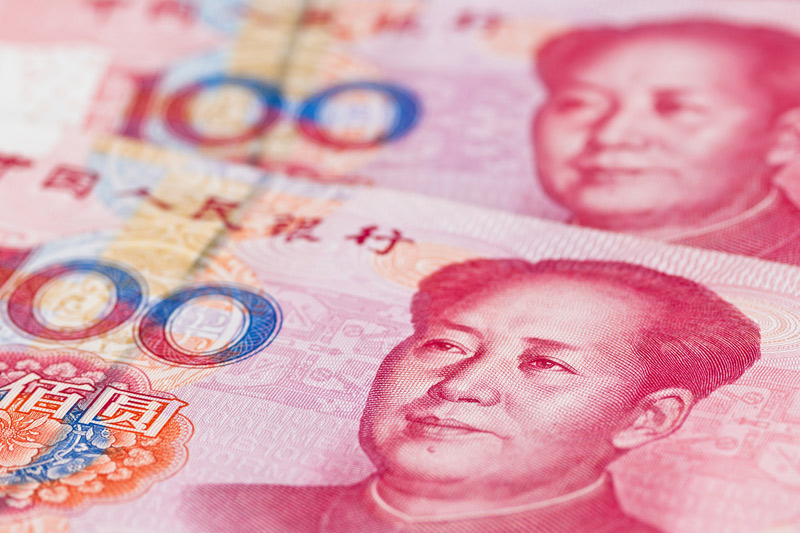Investing.com — Asian currencies fell further on Wednesday, while the dollar steadied amid hawkish comments from Federal Reserve officials, while concerns over slowing economic growth saw the Chinese yuan sink past key levels.
The fell 0.3% to its weakest level since mid-December, while the breached the psychologically important 7 level for the first time this year as a string of weak economic readings pointed to a slowing recovery in China.
The yuan was also dented by growing bets that the People’s Bank of China will need to further ease monetary policy to support economic growth. This could push the bank’s key further into record-low territory, widening the gulf between Chinese and U.S. interest rates.
Strength in the dollar also pressured the yuan, as the greenback firmed following a string of hawkish comments from Federal Reserve officials this week. General consensus among policymakers is that inflation is still too high, which could attract more interest rate hikes by the central bank in the coming months. U.S. rates are also expected to remain higher for longer.
The and rose marginally in Asian trade.
Broader Asian currencies weakened, with sentiment also remaining strained by uncertainty over the U.S. debt ceiling. Policymakers are expected to continue talks over raising the ceiling later this week, although both Republican and Democrat leaders said that a U.S. default was unlikely.
The fell 0.1%, taking little support from data that showed the country’s in the first quarter of 2023. But the outlook for the economy still remained dour, amid slowing growth in Japan’s biggest export markets.
Losses in the were limited as data showed slowed slightly in the first quarter, which could herald lower inflation in the coming months.
The fell 0.1% as the country’s key shrank again in April. A slowdown in China has weighed heavily on the Singapore economy over the past year, with little recovery in sight.
Other Southeast Asian currencies also retreated. The lost 0.5%, while the shed 0.3%.
Sentiment towards risk-heavy Asian currencies is expected to remain strained in the coming days, amid fears of rising U.S. interest rates, worsening growth in China, and uncertainty over the U.S. debt ceiling.
Read the full article here




